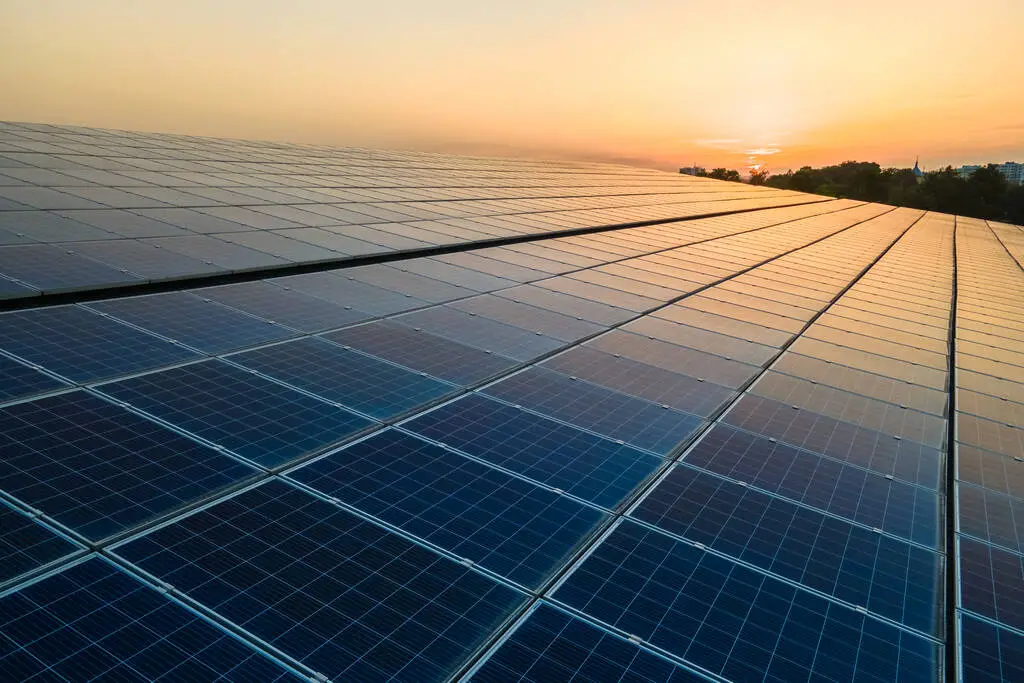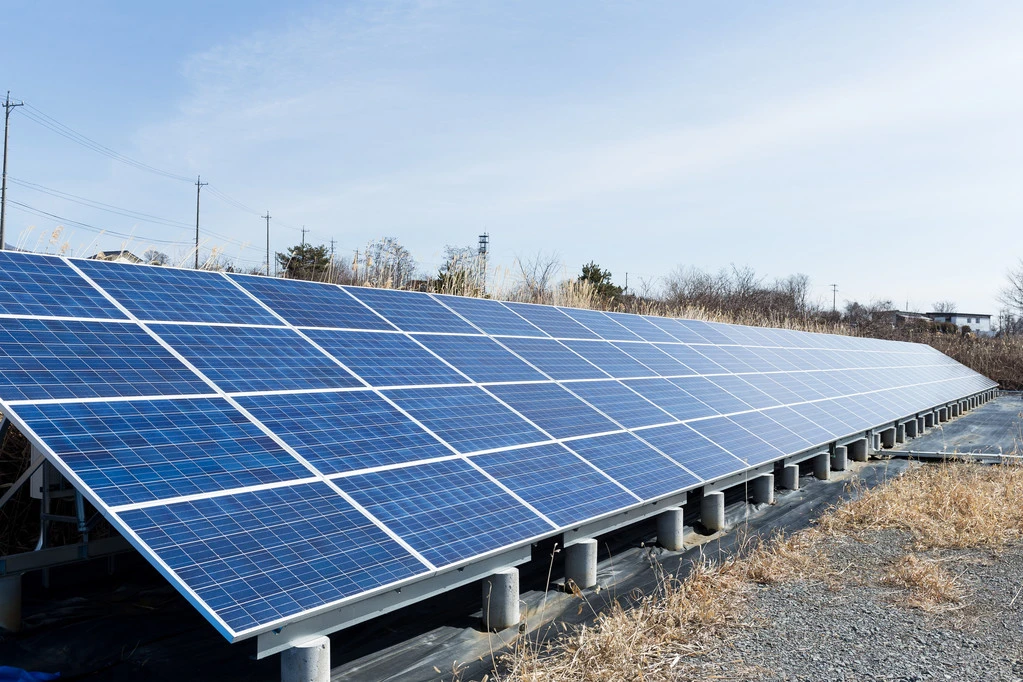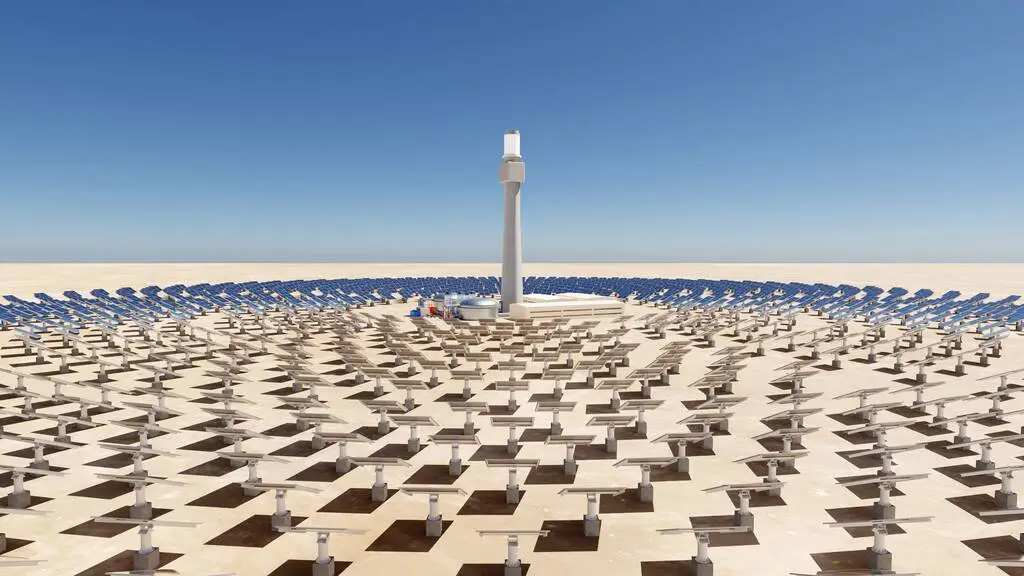Table of Contents
Solar thermal collects sunlight to transform heat into electricity, whereas solar PV directly converts sunlight into electricity. Solar thermal technology is used during rainy or cloudy weather conditions, whereas solar PV is used during summers.

Both solar thermal and solar photovoltaic are equally efficient in capturing the sunlight and fulfilling the user's needs. However, the user's purpose in terms of electricity for heat generation determines which solar technology to use.
Solar Panel vs Solar Thermal
Solar Thermal Collectors collect sunlight and convert it into heat. This heat is used to produce electricity, and excess heat is repurposed in poor weather conditions. On the other hand, solar panels use solar photovoltaic panels to collect sunlight and directly convert it into electricity. The electricity produced by solar thermal panels in this technology can be used in multiple forms and is not limited only to small-scale projects. Thus, making it more efficient than solar thermal energy.
Find Solar Power Projects and Tenders around the GlobeClaim your Free leads!
Solar Thermal vs Solar PV
| Factors | Solar Thermal | Solar PV |
| Energy Capturing Process | Captures Heat from sunlight | Converts sunlight into electricity |
| Sunlight Conditions | Works best in Sunlight | Can function in sunlight and cloudy weather days. |
| Cost | Low investment | High investment |
| Lifespan | 20-25 years (with extended warranty) | 25-30 Years |
| System Technicality | Simple | Complex |
| Applications | Indirect heating purposes | Direct electricity generation |
| Examples | Sterilization, desalination, greenhouses etc | Manufacturing facilities, office buildings, agriculture, retail & warehouses, etc. |
Energy Production
Solar thermal technology captures sunlight to produce heat which is further used to produce electricity. During excess production, this heat is stored in thermal storage that can be utilized during poor weather conditions. Solar collectors convert the sunlight directly into electricity for personal and commercial uses.
Sunlight Conditions
Solar thermal power is renowned for its efficiency during the summer months when the sun's intensity is at its peak. It also demonstrates effectiveness with distilled sunlight. In comparison, solar photovoltaic panels are versatile and reliable, performing well in sunny conditions and cloudy and winter weather. Thus making them a superior option for consistent energy generation throughout all seasons.
Cost
Solar thermal systems have a lower upfront cost compared to solar PV panels. The initial investment for a solar PV system is generally higher. However, in 2022, the LCOE (Levelized Cost of Electricity) for generating electricity with solar PV was as low as $24 per megawatt-hour. This makes solar PV systems a more affordable option for concentrated solar power than electricity produced from coal or natural gas.
Lifespan
The usual solar thermal system lasts for 5-10 years however, major solar panel producers offer an extended warranty from the time of solar installation making it last for 20-25 years. Whereas solar PV systems provide a good lifespan of 25-30 years from the time of installation with consistent efficiency. Thus, solar PV makes a better choice for large-scale projects.
Also Read: Top 10 Global Solar PV Tracker Companies
System Complexity
The solar thermal system consists of solar panels, pipes that circulate a heat transfer fluid, and a storage tank. Likewise, solar PV involves solar PV panels connected to inverters that convert direct current (DC) electricity from the panels to usable alternating current (AC) electricity for your home and optional thermal storage for backup power during cloudy weather conditions.
Applications
Solar Thermal energy heats water that can be used for sterilization, greenhouses, water desalination, and other heating applications like hot showers or even indirect space heating, solar thermal systems can significantly help in water heating. Whereas Solar PV systems generate electricity to power your appliances, and the excess energy is stored in the grid with a solar PV system. This makes it a versatile option for both small-scale and large-scale commercial operations.
Examples
A solar thermal power plant can be used for solar ponds, as water heating systems, solar fuels, and electric generation. Additionally, excess electricity generated is integrated with the grid to be repurposed in the future. Whereas solar PV systems can be used to power light or heavy electric appliances also, excess power generated is stored in the grid and reused later.
Also Read: Top 10 Solar PV Inverter Manufacturers in the World
Solar Thermal vs Solar Pv Efficiency
Solar thermal plants are more efficient by up to 70% in converting sunlight to heat, requiring less roof space but limited to hot water or space heating applications. Meanwhile, solar PVs have a lower efficiency rate of 15-20% in converting sunlight to electricity, requiring more roof space.
Solar thermal plants have less space compared to solar PV. However, during winter and cloudy seasons, Solar Pv is more efficient. Solar PV offers a wider range of applications, including powering appliances and lights and even feeding excess energy back to the grid.

Ultimately, better efficiency depends on the purpose of the plant. Solar thermal and solar PV are equally efficient depending on the seasons and roof space as the primary key factors. Solar thermal technology is renowned for its effectiveness in producing solar energy to generate heat.
By utilizing solar collectors that absorb sunlight and convert it into thermal energy, solar thermal systems excel in providing hot water for residential or commercial use. In contrast, solar PV systems are designed to directly convert sunlight into electricity through the photovoltaic effect, offering a more versatile solution for powering electrical appliances and lighting.
Solar Thermal Market
Studies show that the global solar thermal market fulfilled only 11% of the global thermal needs in 2021. This led to a shift in renewable policies in several countries like the US, Europe, and China, prioritizing clean heating solutions. While electrification is part of the initiatives, the International Energy Agency (IEA) predicts a rise in global heat demand in the coming years. Alongside geothermal and sustainable biomass, solar thermal has the potential to fulfill future solar thermal needs by contributing sufficient electricity.

Solar PV Market
Falling costs, technological advancements, and supportive policies across various countries are driving solar photovoltaics (PV) to the forefront. The PV installations surged by 38% in 2022, reaching the terawatt scale. Innovative business models have further fueled this growth, making solar energy accessible to a wider range of consumers and businesses. The solar PV capacity in 2022 was recorded as 1 TW. It is expected to rise to 10 TW by 2030 and up to 60 TW by 2050. Thus, solar PV continues to see exponential growth in the coming years.
Find Solar Power Projects and Tenders around the GlobeClaim your Free leads!
Conclusion
Both Solar thermal and solar PV are equally efficient in their ways. Solar thermal power produces heat to generate electricity, whereas solar PV directly converts sunlight into clean electricity. Both these technologies are best used based on the purpose. While solar thermal excels in large-scale power generation through concentrated solar power plants, solar PV shines in decentralized electricity production for residential and commercial use. Thus, both solar thermal and solar PV contribute to sustainable renewable energy.
Connect with decision-makers about Solar Power Projects around the Globe for business opportunities.
Subscribe to our Global Solar Power Project and Tender Database to get access to reliable and high-quality insights on upcoming, in-progress, and completed solar power projects across the world or in your desired geographical location.
Our user-friendly platform provides essential details, timely updates, key stakeholder contact information, and business opportunities tailored for engineering companies, industry professionals, investors, and government agencies.
Start a free demo to take your business to the next level!

![Top 10 Solar EPC Companies in the World [2025]](https://images.blackridgeresearch.com/zA7C1E09-z4Uj64Eb0zfkw/7e940e76-1298-4e56-cb1c-114568b73100/public)





Leave a Comment
We love hearing from our readers and value your feedback. If you have any questions or comments about our content, feel free to leave a comment below.
We read every comment and do our best to respond to them all.